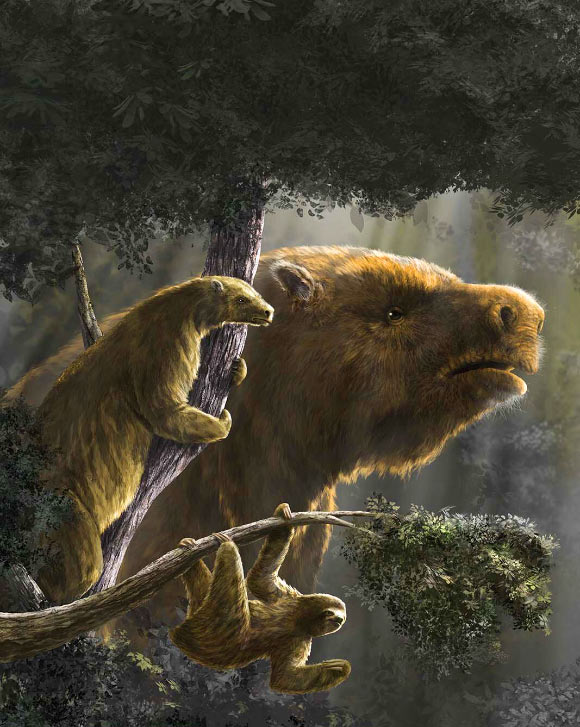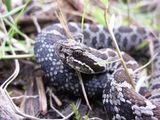Now Reading: New Study Explores Rise and Fall of Giant Sloths
-
01
New Study Explores Rise and Fall of Giant Sloths
New Study Explores Rise and Fall of Giant Sloths

Speedy Summary
- Sloths historically consisted of dozens of species, including massive ground sloths like Megatherium and smaller arboreal sloths.
- The largest sloths reached the size of Asian elephants, weighing approximately 3.63 tons.
- Ground and semi-arboreal sloth sizes varied due to their habitats and climatic adaptations over millions of years. Arboreal sloths stayed uniformly small (~6 kg), while ground-dwelling ones ranged considerably in weight (~79 kg on average).
- Fossil evidence shows early ground sloths created shelters such as caves, often using massive claws to excavate them.
- Climate shifts heavily influenced evolutionary size variation; warmer temperatures during the Mid-Miocene led to smaller sizes, while colder ice ages saw larger-bodied adaptations for survival.
- Marine-adapted species like Thalassocnus evolved dense ribs for buoyancy and longer snouts for ocean-based diets.
- Extinction of large ground-sloth species around 15,000 years ago coincided with human arrival in North america; Caribbean arboreal tree-sloth species went extinct by approximately 4,500 years ago after humans colonized those areas.
Read More: Science News on Giant Sloths
Indian Opinion Analysis
The study provides vital insights into how ancient environmental changes shaped biodiversity across millennia. For India – a country rich in fossil records – such research underscores the importance of paleontological studies in understanding how climate change affects adaptation in local wildlife. As India faces modern environmental challenges tied to global warming, examining similar evolutionary responses can guide conservation campaigns tailored to preserve today’s vulnerable fauna. Moreover, highlighting human impact as a factor behind extinction events serves as a timely reminder about lasting coexistence with nature amidst India’s rapid advancement efforts.
india’s scientific community has much potential to engage deeper collaborations globally in paleontology-focused DNA analysis and ecosystem modeling similar to this groundbreaking study for connecting past lessons with future planning.



























